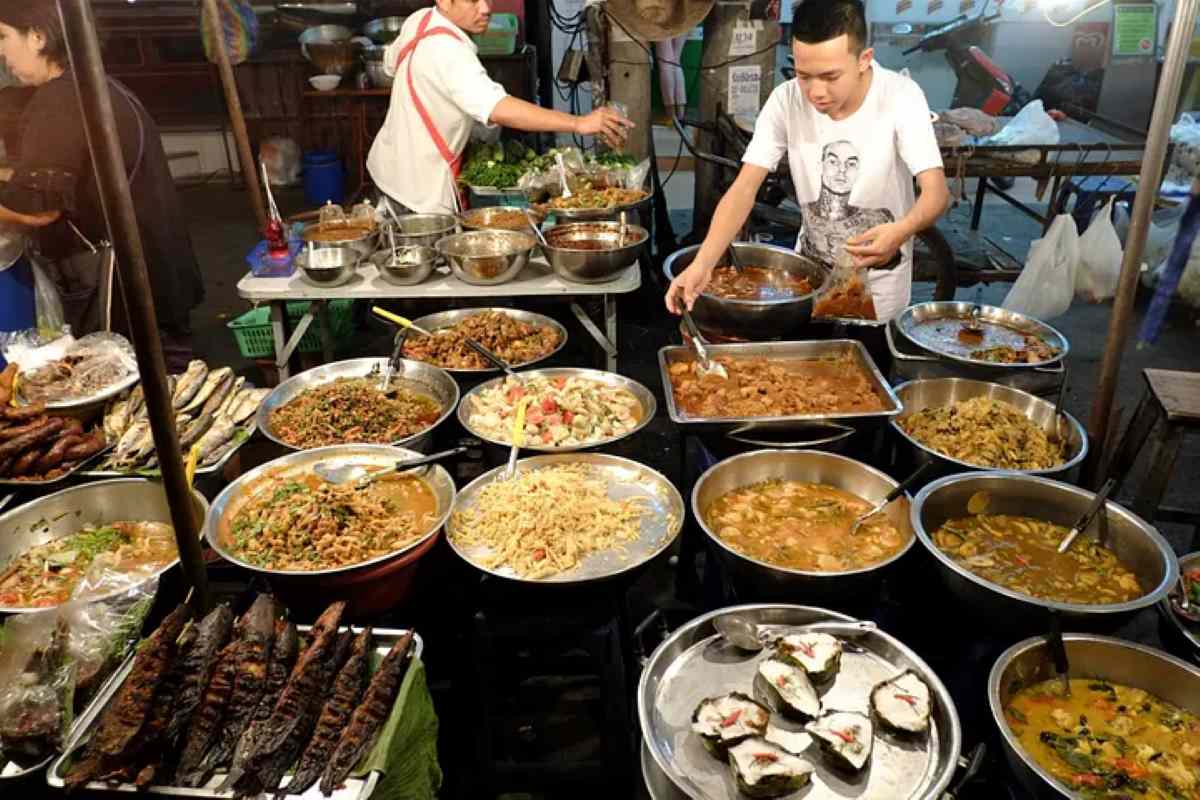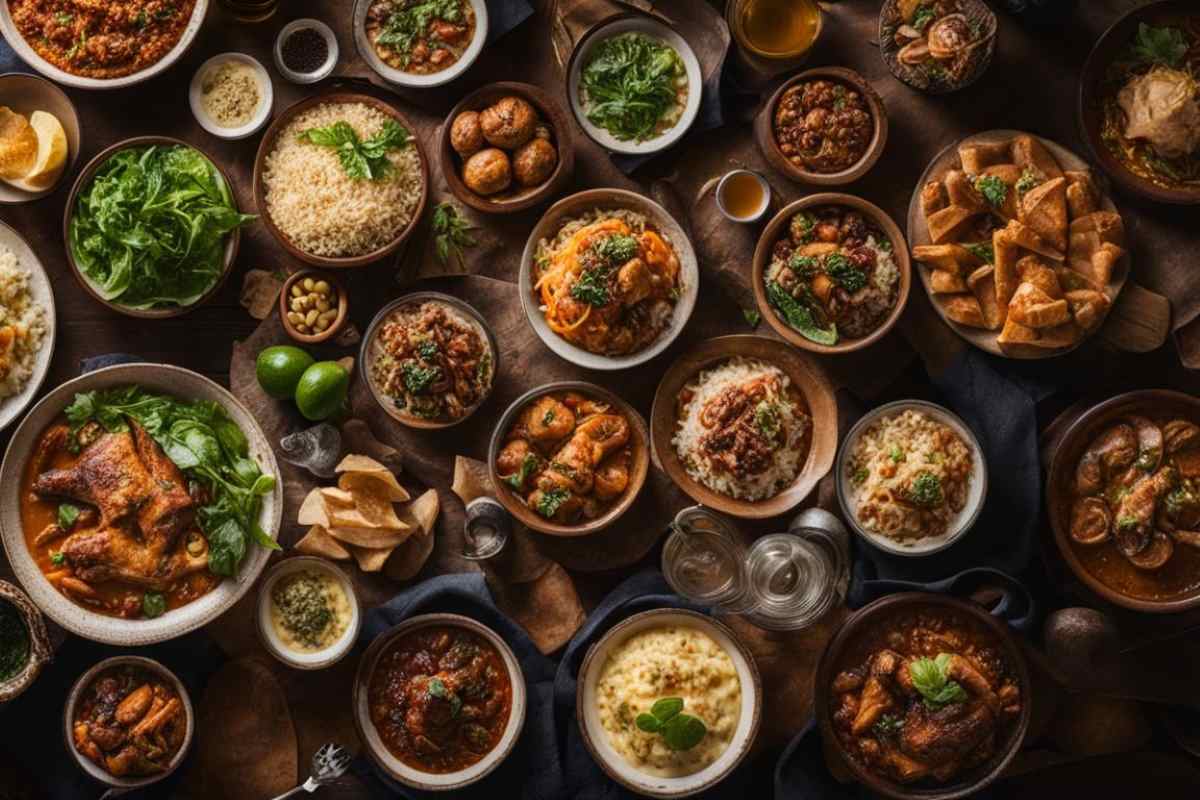Local cuisines around the world are evolving thanks to globalization and food creativity. In recent years, the probability of finding kimchi tacos, tandoori pizzas, and sushi burritos in one food court has gone higher. The lines that demarcate various culinary cultures are becoming increasingly blurred.
Thanks to globalization, young people may mistake adopted cuisines for local dishes. The intersection of multiple cultures over the Internet, through business and trade connections, has changed the ways we cook, eat, and identify with food.
This article is a review of the many ways in which global connections have influenced modern cuisine. The influence is not always positive, though, so join us as we assess the interplay between globalization and food.
The Global Pantry: Ingredients Across Borders
Global trade has been a contributor to changes in local food and cultural identity around the world. For example, early trade routes like the Silk Road were largely responsible for transforming spices into a global commodity. Sourced mainly from Asia, spices now have a global diet influence on other cultures.
In the era of the Silk Road trade, some merchants favored barter, and spices were considered to be worth more than gold. So, in the course of exchanging local items and food commodities for foreign ones, a subtle cultural exchange in cooking began. In modern times, technological advances in transportation have made intercontinental food exchanges easy. These modern transportation systems also make it possible to haul perishable food items like fresh fish, fruits and vegetables over long distances.
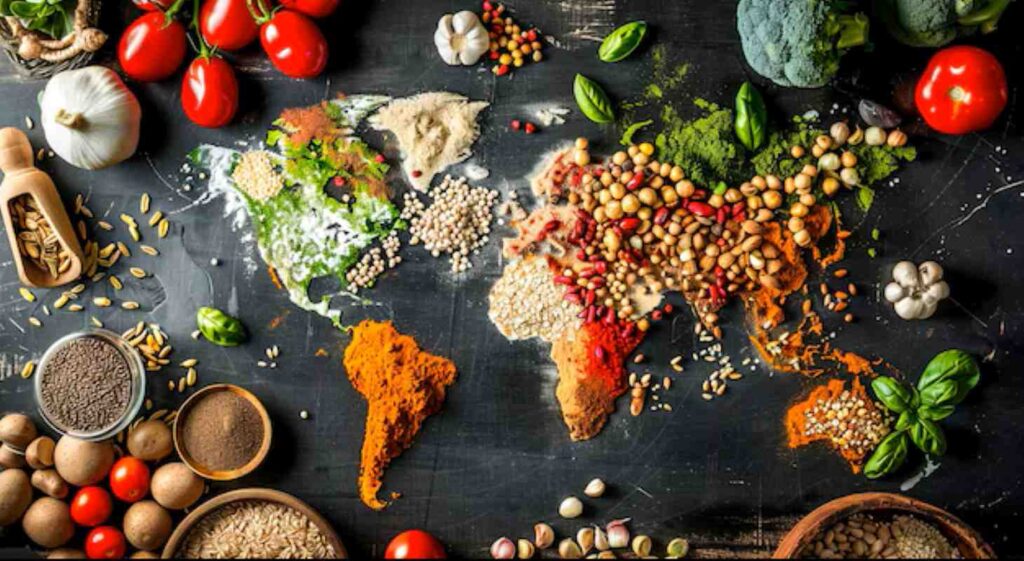
Nothing projects the interaction between globalization and food better than the modern food identity of many cultures. For example, the coffee plant thrives in the tropic belt, but the beverage is heavily consumed in temperate regions. A similar global food culture is observed in the cacao and chocolate value chain.
ALSO READ: Exploring the Origins of Sushi: Where Tradition Meets Innovation
Fusion Cuisine and Culinary Hybrids
Fusion food cultures have become popular around the world. Local dishes now see significant modifications in their preparation and presentation, thanks to the influence of international food trends. Some fusion cuisine examples that you are likely to come across nowadays are African-American Southern, Italian-Japanese and Korean-Mexican fusions.

More chefs are shedding their purist approach to cuisines, and food fusion trends around the world. In subtle agreement with globalization and food interaction, chefs try to satisfy the palate of their globe-trotting and internet-surfing clientele. Some of these chefs incorporate international food trends into local dishes to transform dishes into intercontinental meals.
However, there can be a fine line between adopting global cuisine trends and trampling on local food and cultural identity. Not all cultures are forgiving of major alterations to their culinary heritage.
The Digital Influence: Recipes and Social Media
You no longer have to travel to Tibet to steal a sneak peek at how Tsampa is prepared. Also, you don’t need to be Ivorian to understand the culinary essence of kedjenou, or Australian to appreciate how salty vegemite is made. From the privacy of your kitchen in the United States, you can break down the regional culinary barrier through TikTok, YouTube or a food blog with detailed recipes. Thanks to free source media on the internet, anyone around the world can recreate a tasty jollof rice recipe.
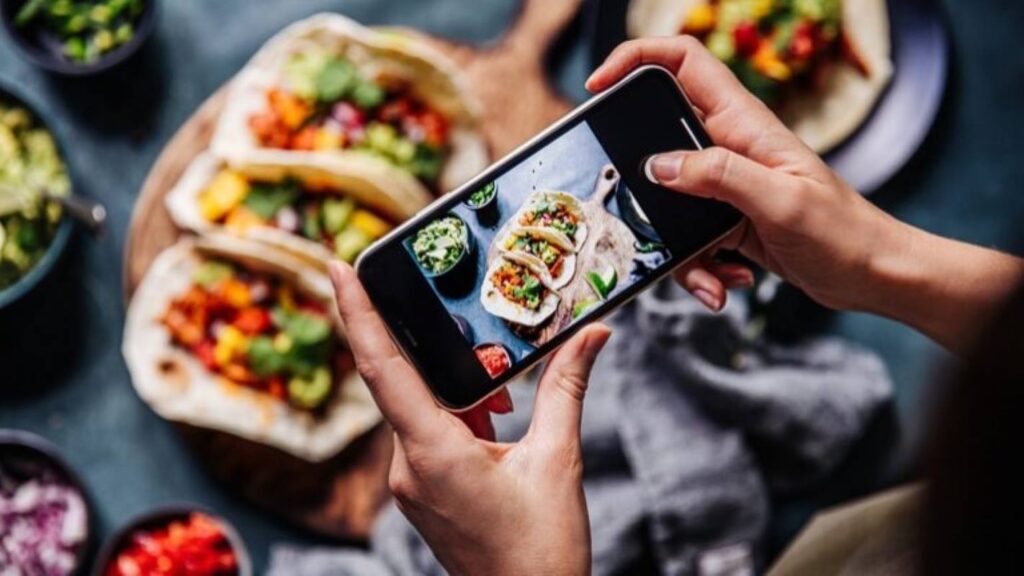
Cross-cultural communication of trends is causing globalization and food to synchronize. For example, dalgona coffee went viral globally during the COVID lockdown. Similarly, there are millions of ramen hacks trending on the internet, causing the dish to become a global sensation. Meanwhile, ramen, like sushi, has Asian origins in Asia.
Did you chance on a new dish on the internet recently? Don’t be deterred by the strangeness of the recipe. If the ingredients are available, embark on a culinary adventure that may transform the visual allure of that online recipe into a tasty dish.
Cultural Appropriation vs. Cultural Appreciation in Cuisine
There’s such a thing as watering down a culinary heritage. For example, what is sushi without fermented rice or tacos without tortillas? A person from a place where those dishes originated from may be greatly offended when such overreaching alterations are made to a cuisine.
Fusion cuisines and culinary globalization impact can be great as they may reveal more tastier and alluring variants of the focus dish. However, chefs must avoid eroding or blindly swimming along with the tide of how globalization is changing food culture. It is important to maintain cultural respect in modern cooking, particularly for dishes that have been passed down multiple generations.
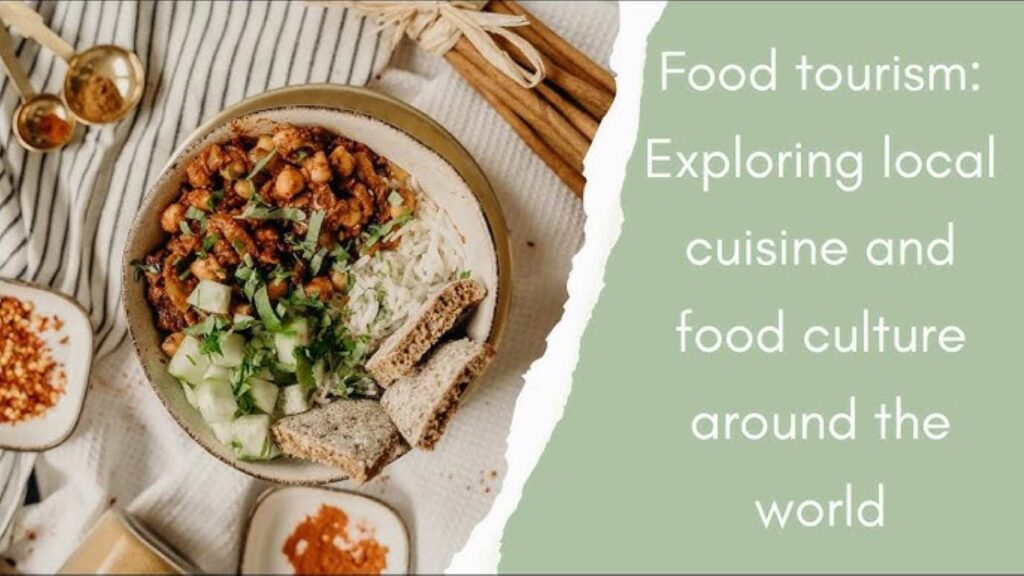
Globalization and food can coexist with minimal harm to local and global food cultures. Chefs can exhibit cultural respect in modern cooking by appropriating proper credit to the cuisine’s origin. Similarly, the chef should provide the context for whatever fusion cuisine examples pop up thanks to their culinary creativity.
Some immigrant chefs and culinary activists have maintained a purist stance on their cultural cuisines. Such purists have varying responses to culinary globalization’s impact. Some are consenting, while others would hear nothing of the acclaimed global food culture.
ALSO READ: The Role of Texture in Enjoying Food: Why Crunch, Cream and Chew Matter
The Future of Global Food
Most multinational food chains are rising due to globalization and the food wave. Organizations with flagship food products representing their brand are subtly trying to incorporate local nuances. Many food companies or restaurants would do anything to drive sales numbers, whether organic, farm-to-table, or fusion.

For example, meat is a common denominator in the global food supply chain. The development of sustainable foods like lab-grown meat and climate-smart crops is likely to impact the global food culture. Similarly, restaurant outlets located in cities with high tourist traffic may have no choice but to adopt a multicultural model.
Globalization has expanded the exposure of cuisines and has helped morph others into alluring fusion foods. However, chefs around the world ought to pay more attention to authenticity, respect and ownership of whatever dish they’re engineering.
On today’s table, you’ll find the world—and the stories that shaped it.








